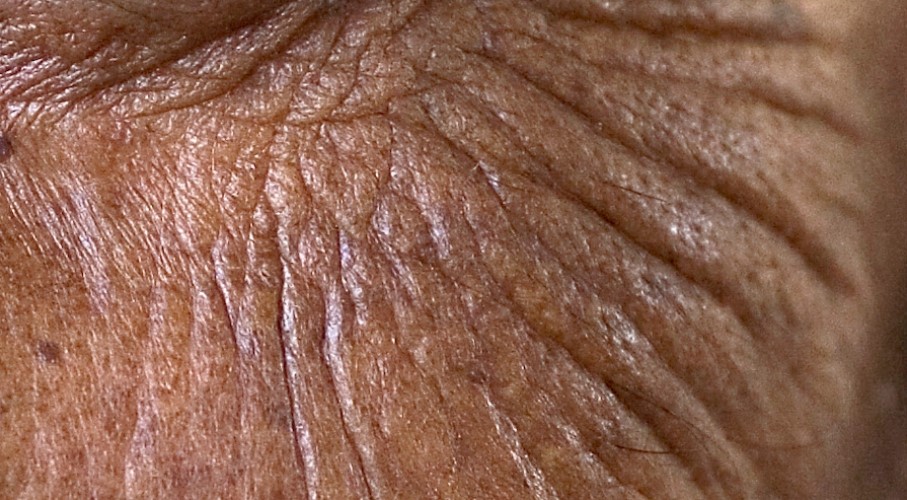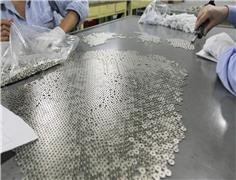- Write by:
-
Monday, November 29, 2021 - 12:33:06
-
735 Visit
-
Print

Mining News Pro - Researchers at the Chinese Academy of Sciences have come up with a new mechanism that overcomes next-gen lithium battery decay.
In a paper published in the Journal of the American Chemical Society, the team explains that in high-voltage lithium batteries using layered transition metal oxide cathodes, the chemical degradation of the electrolytes results in rapid decay of the batteries’ capacity, which poses substantial challenges to practical applications of these devices.
This chemical degradation of the electrolytes is caused during the cycling of the circuit by oxidation of highly reactive oxygen and by an attack of free radicals —any atom, molecule, or ion with an unpaired valence (outer layer) electron.
To address this issue, the researchers started paying attention to certain natural processes where oxygen plays a role in causing degradation. An apple browning, a lump of iron rusting and skin ageing are all in part a product of oxidation ‘damage.’
And nature has come up with all sorts of solutions to counter this problem. Organisms often produce different types of enzymes that work to scavenge active oxygen and free radicals to alleviate the issue.
“So, we thought, why not just try to replicate what nature already does, and put it inside a battery instead?” Cui Guanglei, lead author of the study, said in a media statement.
The researchers, thus, developed a photostabilizer—a fairly simple, anti-ageing binder additive to the electrolyte that can scavenge the singlet oxygen atoms and free radicals as occurs.
Through experimental investigation and theoretical calculation, they found that this bio-inspired oxygen scavenging mechanism in layered transition metal oxides-based lithium batteries delivered superior electrochemical performance, even under elevated temperatures.
“This heralds a new paradigm for manipulating the cathode and electrolyte chemistry of all sorts of rechargeable batteries involving chemical degradation of the electrolyte,” Cui said.
Following on from the photostabilizer success, the researchers aim to commercialize high-voltage layered oxide cathode-based lithium batteries with their bio-inspired anti-ageing binder as the next generation of energy storage devices beyond traditional lithium-ion technology.
Short Link:
https://www.miningnews.ir/En/News/617159

Chile’s state-run miner Codelco plans to select a partner for a future lithium project in one of the country’s top salt ...

China’s state planner on Friday finalized a rule to set up a domestic coal production reserve system by 2027, aimed at ...

Chile’s SQM called another investors meeting at the request of its second-largest shareholder, Tianqi Lithium Corp., ...

Lithium supplier Vulcan Energy on Wednesday announced the start of production of the first lithium chloride at its ...

A stuttering recovery in lithium prices is providing a fresh reminder of why the dramatic rally of recent years was ...

Copper traded near a 15-month high as supply concerns and brighter demand prospects triggered a slew of bullish calls on ...

Rare earths prices in top producer China jumped to their highest in more than seven weeks on Monday on a wave of ...

A US and European Union push to reach an accord on fostering critical mineral supply chains is set to miss another ...

Trading of CME Group Inc.’s nearly three-year-old lithium hydroxide futures contract is soaring, with more funds ...
No comments have been posted yet ...